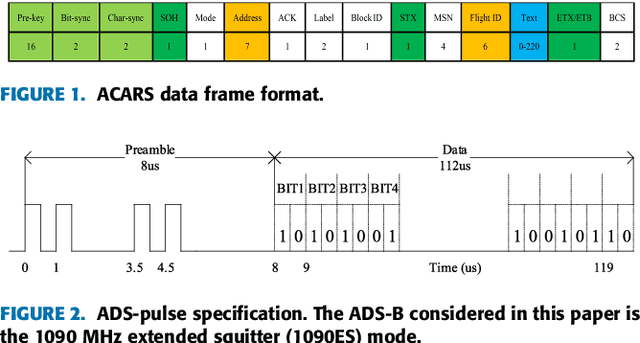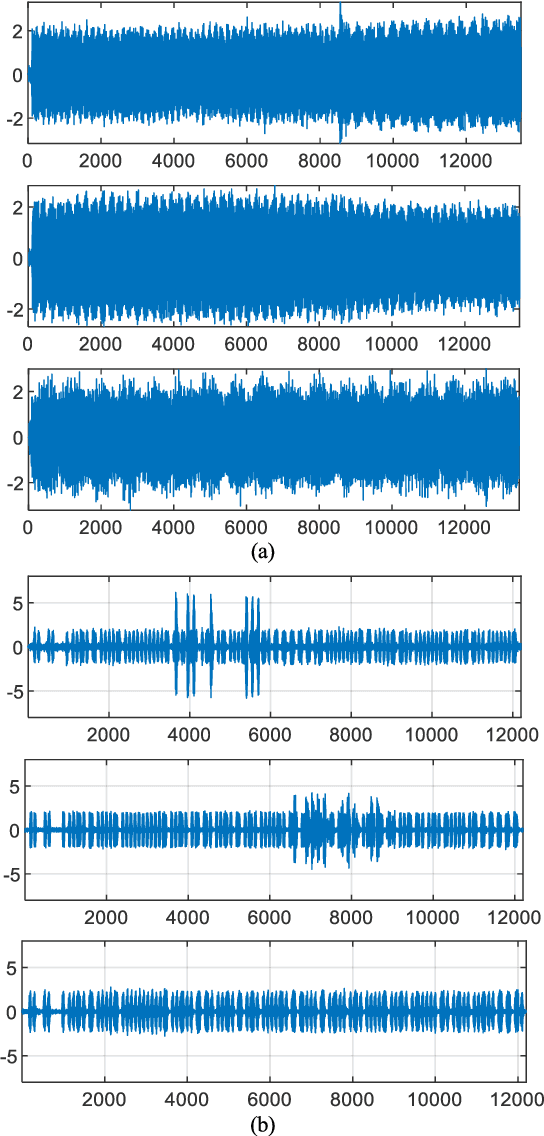Deep Learning for Large-Scale Real-World ACARS and ADS-B Radio Signal Classification
Paper and Code
Apr 20, 2019



Radio signal classification has a very wide range of applications in the field of wireless communications and electromagnetic spectrum management. In recent years, deep learning has been used to solve the problem of radio signal classification and has achieved good results. However, the radio signal data currently used is very limited in scale. In order to verify the performance of the deep learning-based radio signal classification on real radio signal data, in this paper we conduct experiments on large-scale real-world ACARS and ADS-B signal data with sample sizes of 900,000 and 1,300,000, respectively, and with categories of 3,143 and 5,157 respectively. We construct an Inception-Residual neural network model for ACARS signal classification and ADS-B signal classification to verify the ability of a single basic deep neural network model to process different types of radio signals, i.e., communication bursts in ACARS and pulse bursts in ADS-B. Experimental results show that the signal classification accuracy of ACARS and ADS-B is 98.1 and 96.3%, respectively. When the signal-to-noise ratio (with injected additive white Gaussian noise) is greater than 9 dB, the classification accuracy is greater than 92%. These experimental results validate the ability of deep learning to classify large-scale real-world radio signals.
 Add to Chrome
Add to Chrome Add to Firefox
Add to Firefox Add to Edge
Add to Edge